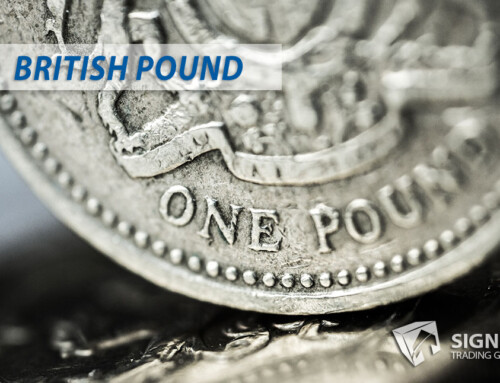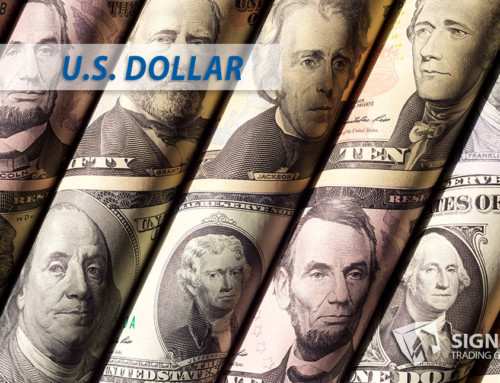The Alchemy of Portfolio Diversification
Many centuries ago, alchemists sought to transform base metals into valuable gold through alchemy. Of course, they never succeeded, but their pursuit of knowledge eventually paved the way for modern chemistry. Today, we’ll delve into the alchemy of portfolio diversification, exploring how the Periodic Table of Elements can hold the key to successful futures trading.
Portfolio diversification mitigates investment risks by spreading resources across various markets and sectors. In this blog post, I’ll introduce you to the basic concepts of diversification and discuss how the Periodic Table can serve as a guiding light toward achieving a well-sorted, risk-reducing investment strategy. Let’s dive in!
The Science of Portfolio Diversification and Risk-Reduction
Before we venture into the exciting chemistry-finance analogy, let’s first review some basics. The cornerstones of modern portfolio theory are diversification and risk reduction. The rationale behind this is to invest in a broad range of assets that are not correlated, meaning a decline in one asset’s value does not necessarily translate into a decline in others.
Portfolio diversification enables investors to minimize potential losses by distributing their money across multiple asset classes, such as equities, fixed income, and commodities, and across industries within each asset class. In addition, investors can better resist market fluctuations and volatility by maintaining exposure to various sectors.
Now that we have a firm grasp of the basics let’s dive into the fascinating world of chemistry to uncover the parallels between the Periodic Table of Elements and futures portfolio diversification.
Unraveling the Periodic Table of Diversification
1869 Russian chemist Dmitri Mendeleev organized elements by atomic weight, creating the now-iconic Periodic Table of Elements. This table cleverly arranged elements by their properties, with each element belonging to a specific group based on shared characteristics. Each group exhibits similar properties, such as being metals or non-metals and collectively forming the whole periodic table.
Think of portfolio diversification as crafting the perfect investment ‘recipe’ by borrowing elements from the diverse groups in the Periodic Table. In this analogy, the elements are the various markets within sectors: equities (domestic and foreign), interest rates (domestic and foreign), metals, energies, grains, meats, softs, and currencies. By selecting several markets from our investment Periodic Table, we can reduce the risk of a single event causing significant damage to the entire portfolio.
For example, investing in a mixture of energy assets like crude oil, natural gas, and heating oil sources can help balance the impacts of market fluctuations within the energy sector. Moreover, an investor can achieve an even more well-rounded portfolio by diversifying across markets in multiple sectors – such as S&P 500, Ten Year Notes, Gold, Crude Oil, Corn, Lean Hogs, Coffee, and U.S. Dollar Index.
Conclusion: Mastering the Art of Portfolio Alchemy
While the quest for the philosopher’s stone eluded the alchemists of yore, the process of portfolio diversification is alive and well today. The diverse groups within the Periodic Table of Elements serve as a fitting metaphor for the potential of portfolio diversification to create investment ‘gold.’
Modern investors can achieve robust, risk-resistant portfolios by drawing on the principles of the Periodic Table and diversifying investments across various asset classes and industries. Much like old alchemists, our pursuit of knowledge and flawless execution of these investment strategies can help transmute our monetary aspirations into reality.






